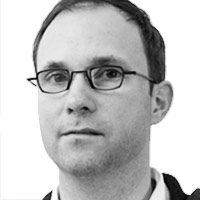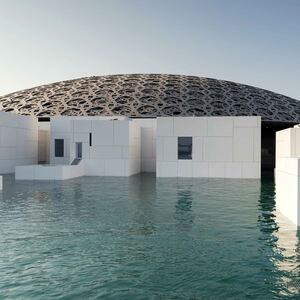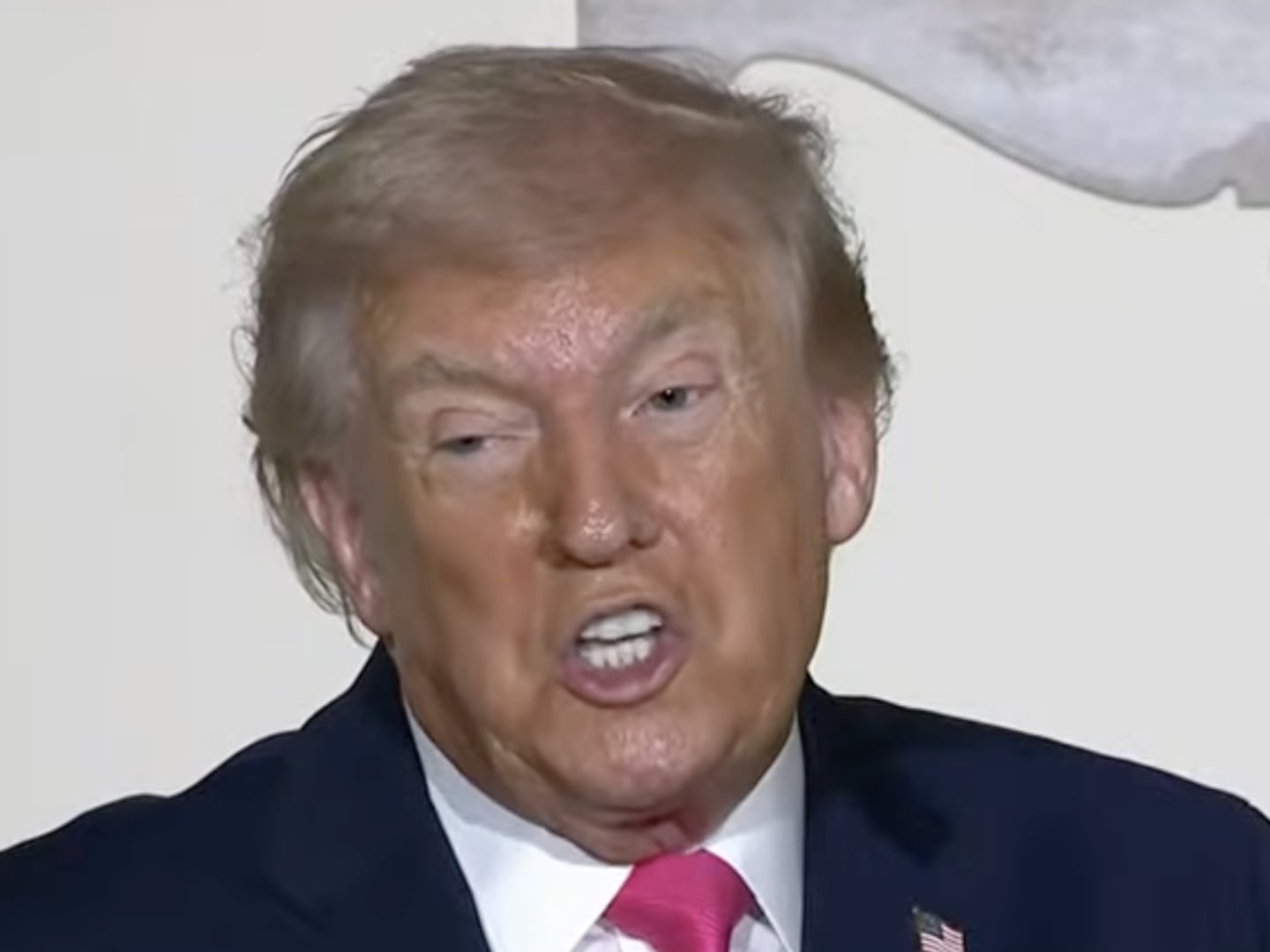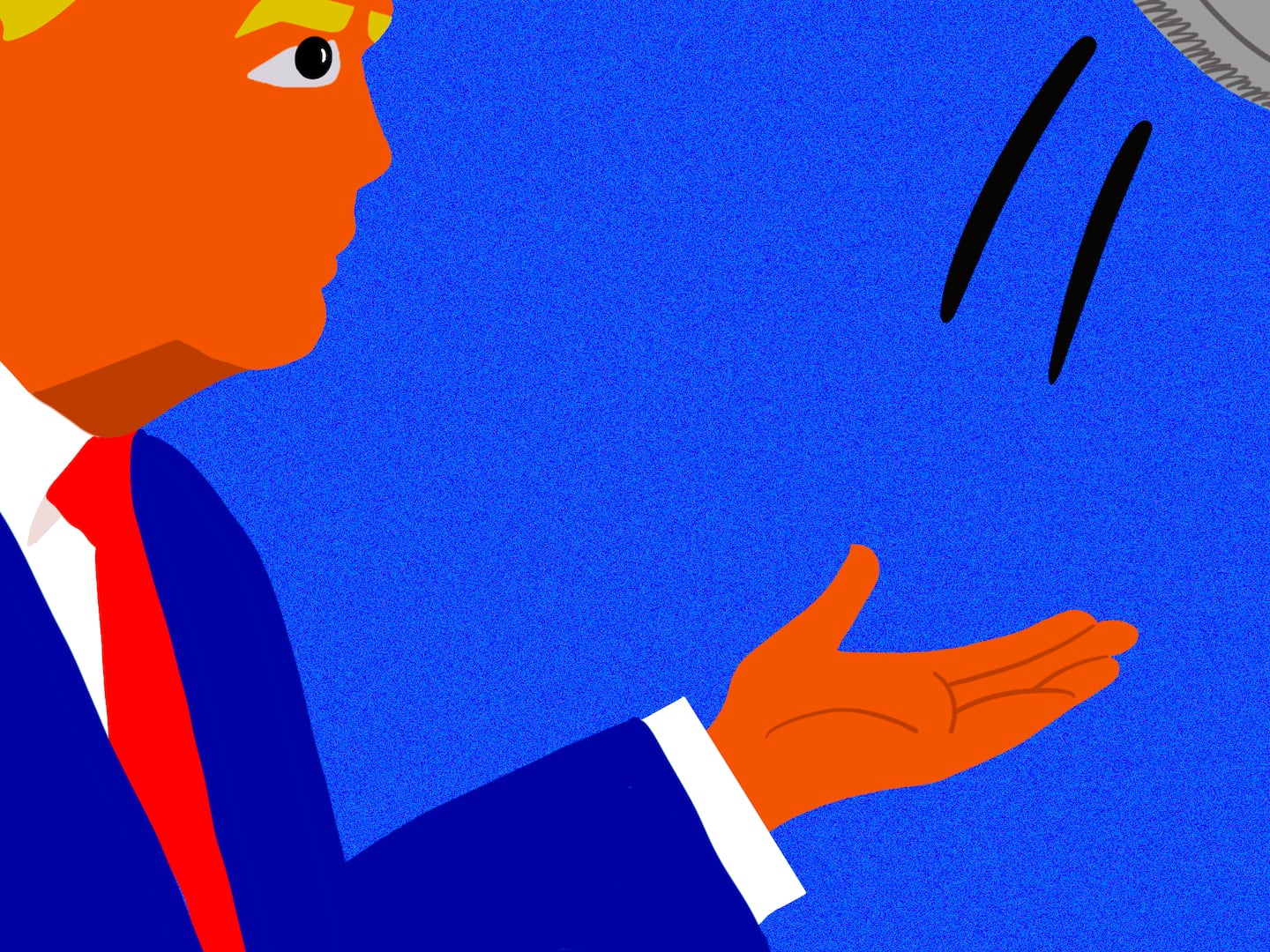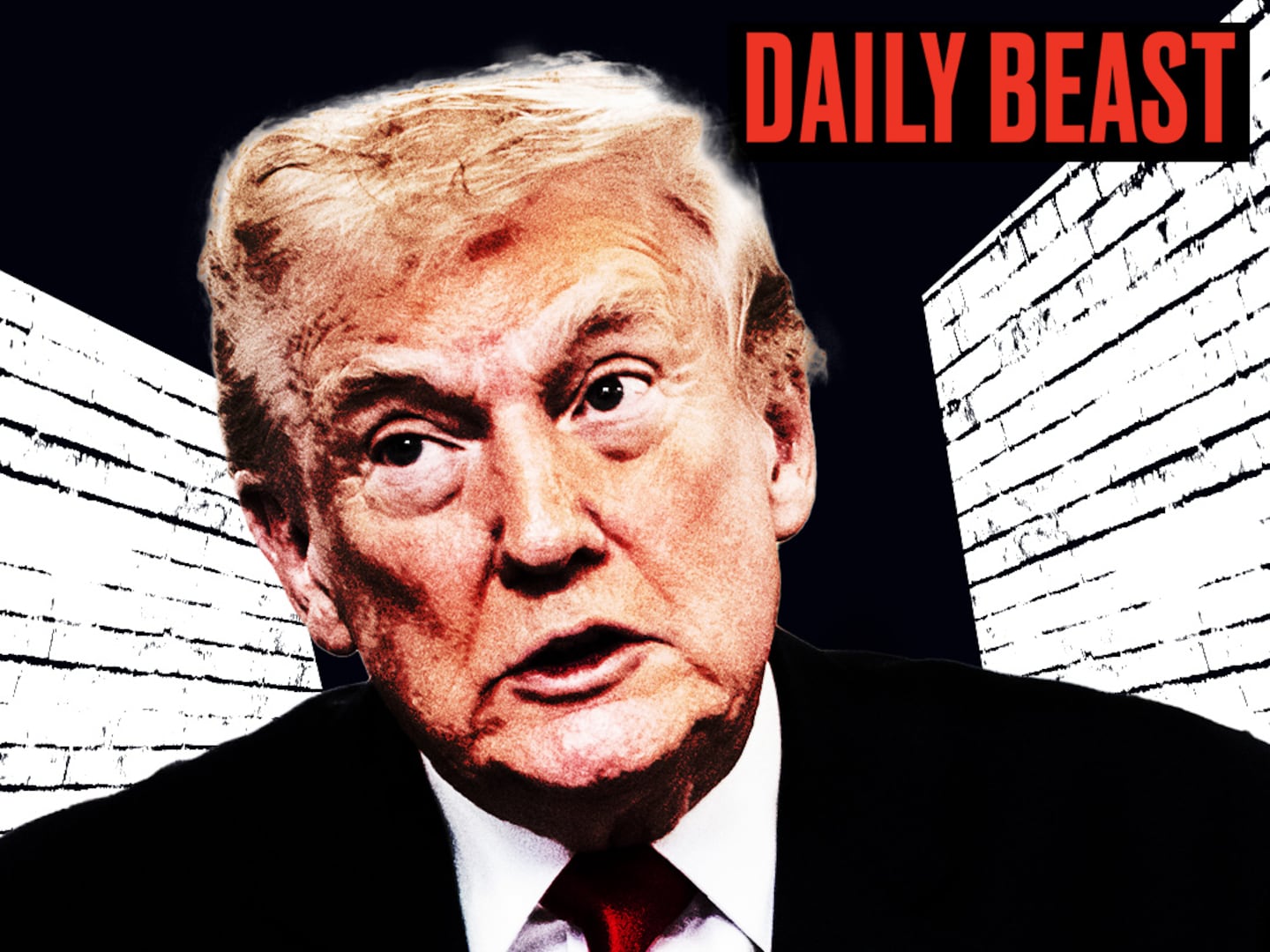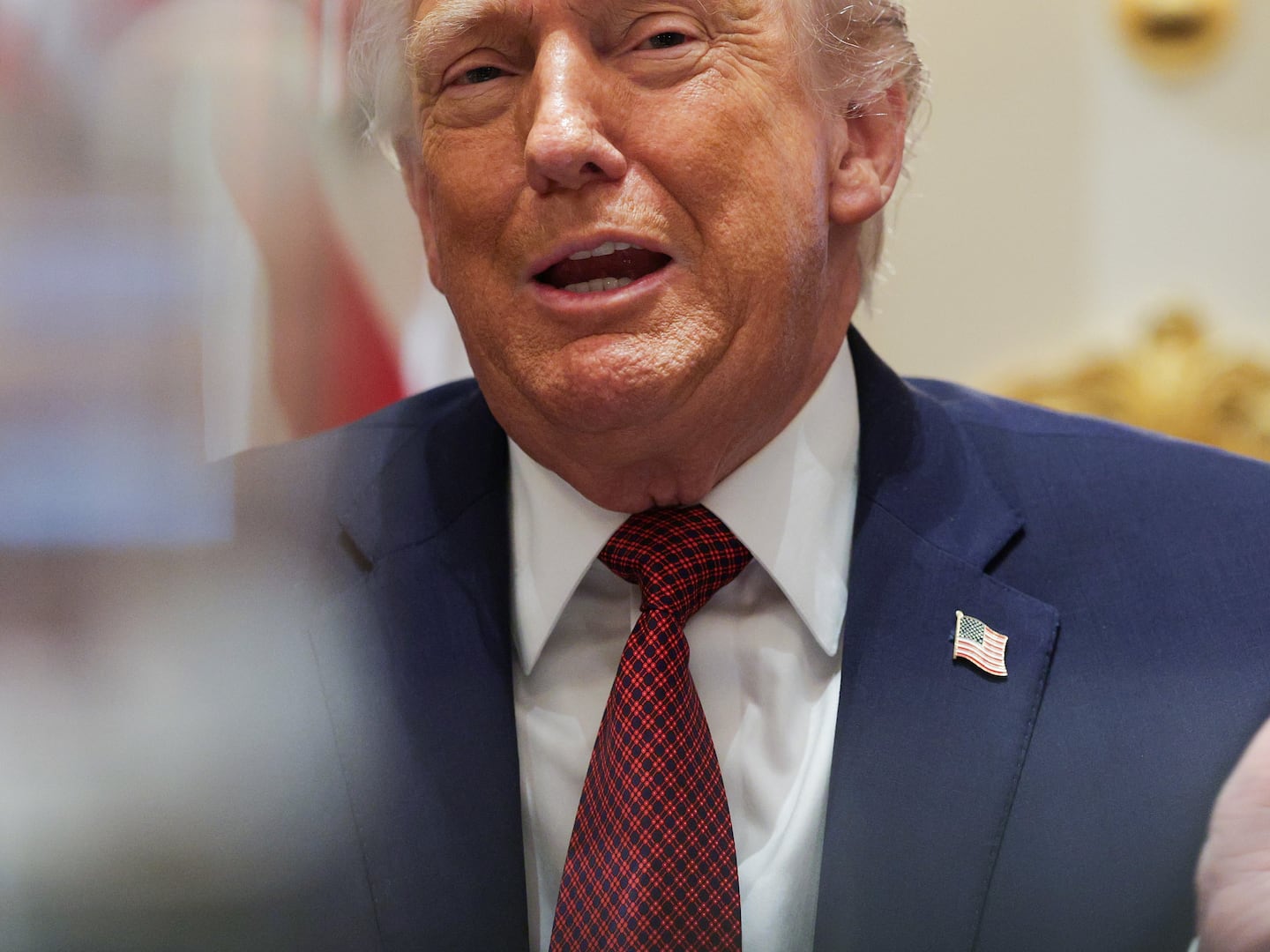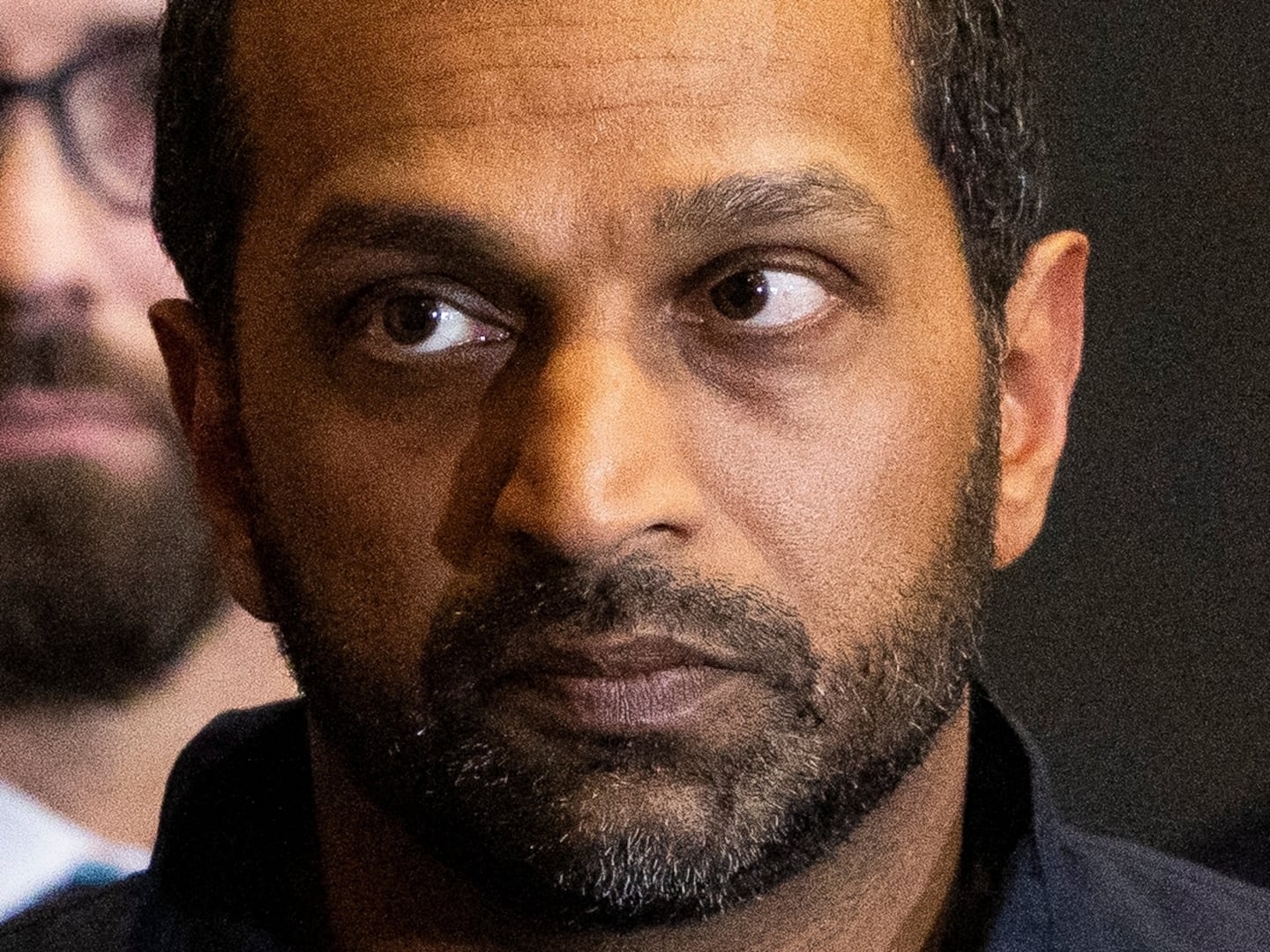“The contemporary history of the Persian Gulf has been growth on steroids, and Dubai is often portrayed as this frenetic, 24-7 city,” Antonia Carver says. “We wanted to create a space to slow down.”
Carver is describing the new Jameel Arts Centre, an institution she now leads as its director, the first privately funded contemporary art museum in the Persian Gulf.
The mid-November opening of the white-walled, 10,000 square-meter centre on the banks of the Dubai Creek has helped raise the cultural profile of the oil-rich United Arab Emirates, adding to the buzz generated by the completion, last year, of a branch of the Louvre in neighboring Abu Dhabi, and the longstanding reports that the Guggenheim might ask starchitect Frank Gehry to build an outpost here.
Where the Louvre retained another of the world's most celebrated architects, Jean Nouvel, to design a domed, 260,000-square-foot behemoth, the non-profit Jameel Foundation, backed by the wealthy Saudi family of the same name, chose a lesser-known British outfit, Serie Architects, for this smaller job.
Led by Christopher Lee, the firm gave a modern gloss on the region's traditional Sha'abi houses, multi-family dwellings that mingle block-shaped buildings, courtyards and colonnades.
The decision to riff on a vernacular architecture rather than to add another ultra-modern building to Dubai's cityscape was a deliberate one. “The cities in UAE … have buildings [that do] formal convulsions to achieve notoriety,” Lee said. “The Jameel, in contrast is calm and restrained, [seeking a] resonance with the history and culture of the region.”
The architecture's new-old mix also speaks to its site: the Jameel is overlooked by the new, luxurious Palazzo Versace hotel, but its neighbor on the creek is a boatyard that still builds wooden dhows.

The museum complex's seven ground-level courtyards feature many of the desert plants that would have been familiar to the Bedouin who lived in pre-oil boom Dubai. But the Gulf's current go-go culture is reflect in the fantastical, neon-colored plastic plants occupying the rooftop terrace—an installation that lights up at night by Kuwait-based artists Alia Farid and Aseel Al Yaqoub.
Within, the inaugural exhibits feature artists also interested in the region's past and present. A group show called Crude explores how the discovery of oil affected the region. Its curator Murtaza Vali said, “Many of the pieces look at the ways the oil industry affected the urban formation, with this cutting-edge infrastructure imposed.”
Working this vein are a striking set of images taken by Latif Al Ani, a photographer employed in the 1960s by the British-owned Iraq Petroleum Company. One juxtaposes a round, modern tower with an old, minaret-topped Baghdad mosque, a woman in traditional garb in the foreground; another has a town with hundreds of identical houses, an American-style suburb parachuted into a desert landscape.
“These company towns went up almost overnight,” Vali said, “and they often had this colonial hierarchy in them, the executives living in one section, in one way, living the ex-pat life, the workers often on the outskirts.”
Another featured image, a photo spread from an old Fortune magazine shows Western executives golfing in a desert next to a pipeline extracting oil from the region for their multinational employers.
The new museum has also filled several galleries with pieces by female artists. The found-object specialist Maha Malluh assembles beat-up, charred pots bearing mute testimony to the thousands of meals cooked by women for their families. On another, she has collected cassette tapes of sermons, many of which instructing women on how to behave.
In another room, the Osaka-born, Berlin-based installation artist Chiharu Shiota has used thousands of blood red strings to embroider a mid-air network over one of the dhows built in the nearby yard—an image again that connects a metaphor associated with modern life, a multipoint network, with the trading ships that established an actual network.
“Dubai traditionally was this great meeting point between Asia and the Middle East, and so we thought it would be fascinating to invite a Japanese artist…to contribute this piece about connectivity, boats and Maritime culture,” said Carver.

The miscellaneous pieces mainly pursue, in some sense, the work done by the Jameel Foundation before it built itself this permanent home.
The foundation was started in 2004 by a Saudi family that Forbes magazine recently estimated was the fourth richest in the Arab world, with some of its wealth coming from Toyota dealerships in the Middle East.
In its first decade and a half, the Foundation has endowed schools in Jeddah and Cairo teaching the artisanal crafts necessary to restore old buildings. “Some of the buildings in the historic old cities are crumbling,” Carver said. “So that work is urgent.” It has also worked with partner institutions in New York (the Met) and London (the V&A) to sponsor exhibits featuring artists, past and present, from the Muslim world.
Top curators from these museums and others, including the Louvre and the British Museum, attended the Jameel's opening—attendance that signaled Dubai's increasing stature in the art world, and that came at a time of moderate tension between the West and the Arab world.
Shortly before the opening, the Washington Post journalist Jamal Khashoggi was murdered in the Saudi embassy in Istanbul, a killing that exposed fault-lines between the West and Middle East on the issue of freedom of speech.
The work featured in the opening exhibits focuses, in idiosyncratic ways, on social and political issues, and, going forward, Carver is counting on a climate in the Emirates that is open to artists wading in to the fray.
“We wanted to feature work that explores ideas of where the Middle East is going, at a time of conflicts and challenges,” Carver said. “A gallery like this can be really crucial in debates about that. We're not afraid to take on that role. We're in this privileged position of being largely independently funded. We haven't had any direction or limitation placed on us in terms of what we wanted to explore.
“There has been 20 to 25 years of growth in the UAE as an arts hub, and a growing recognition of the role that the arts can play. We're coming along at the right time to take advantage of that openness.”
